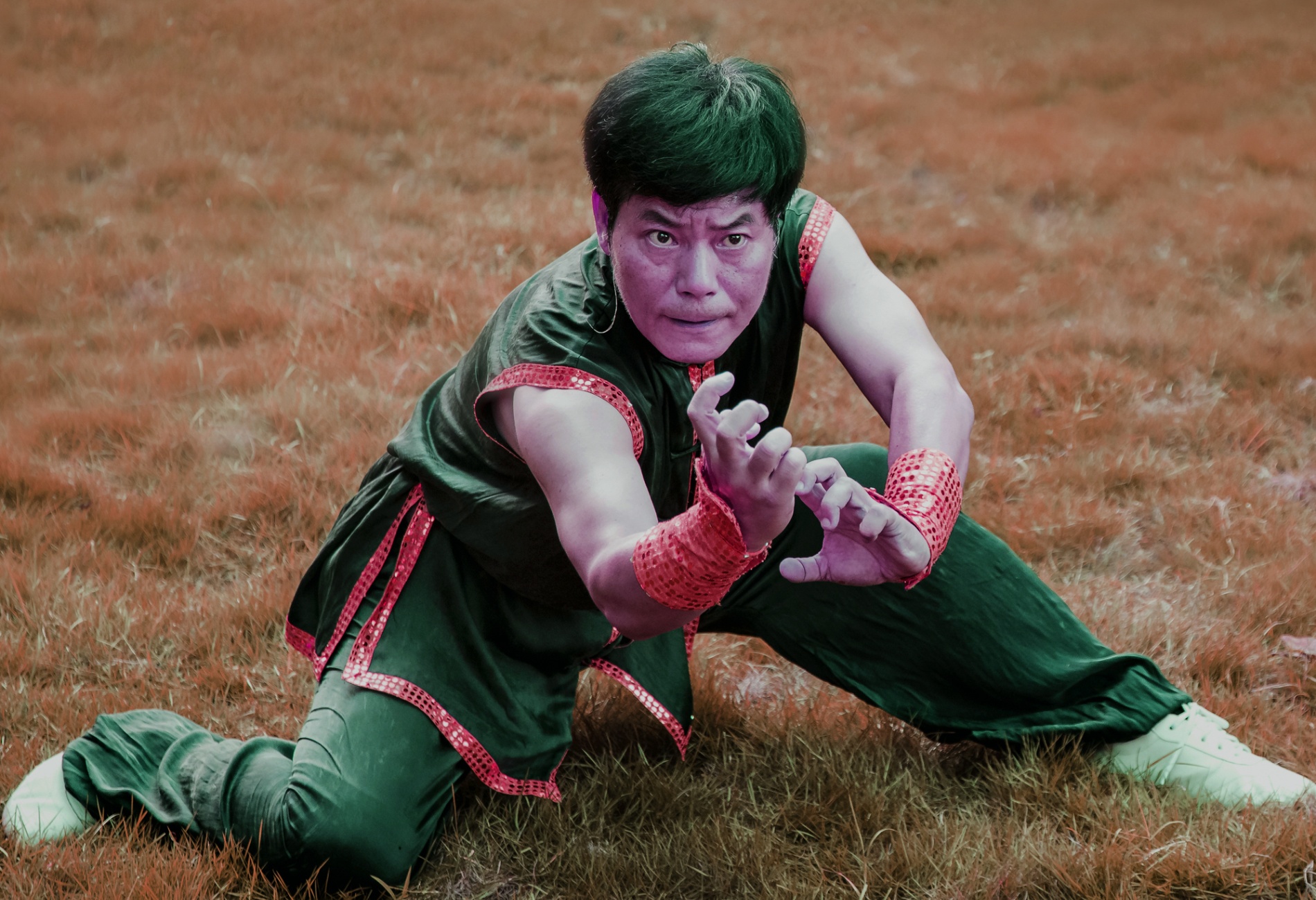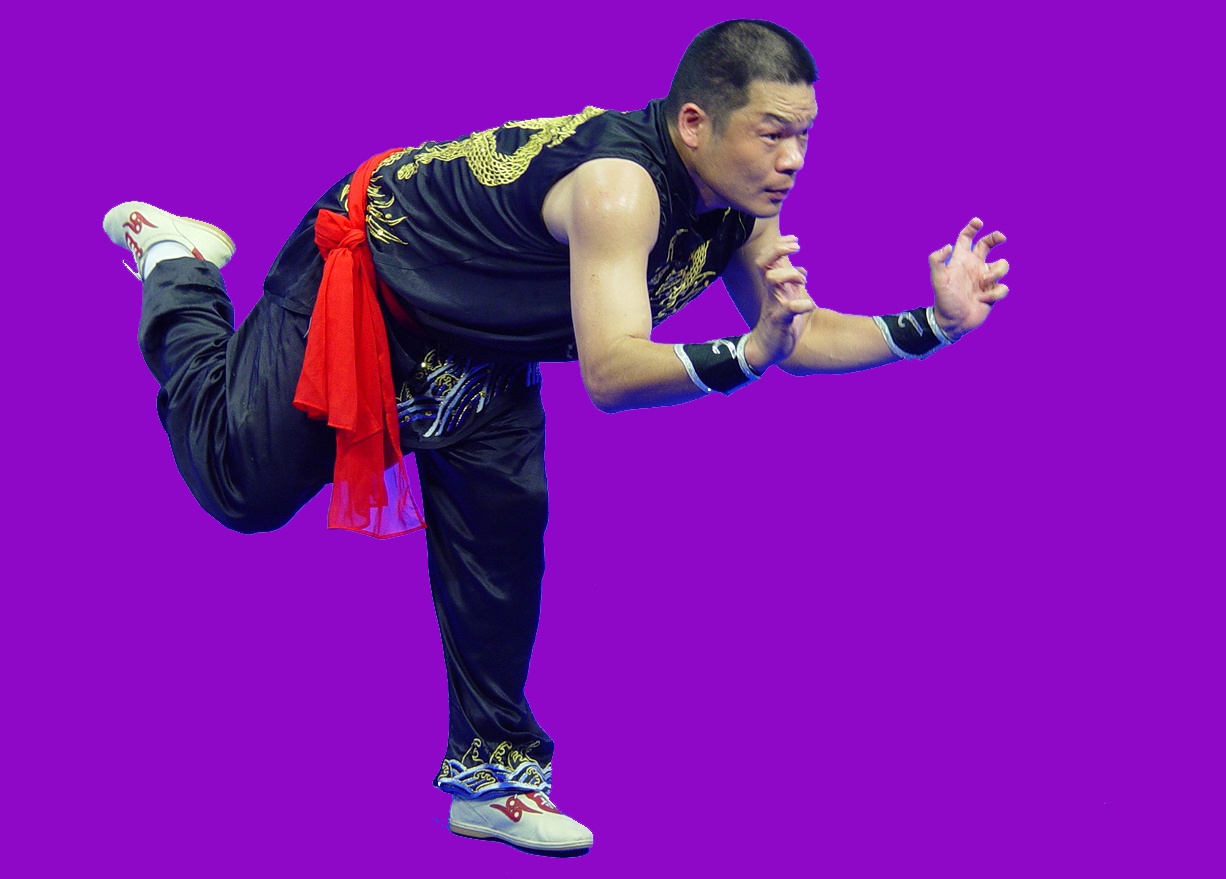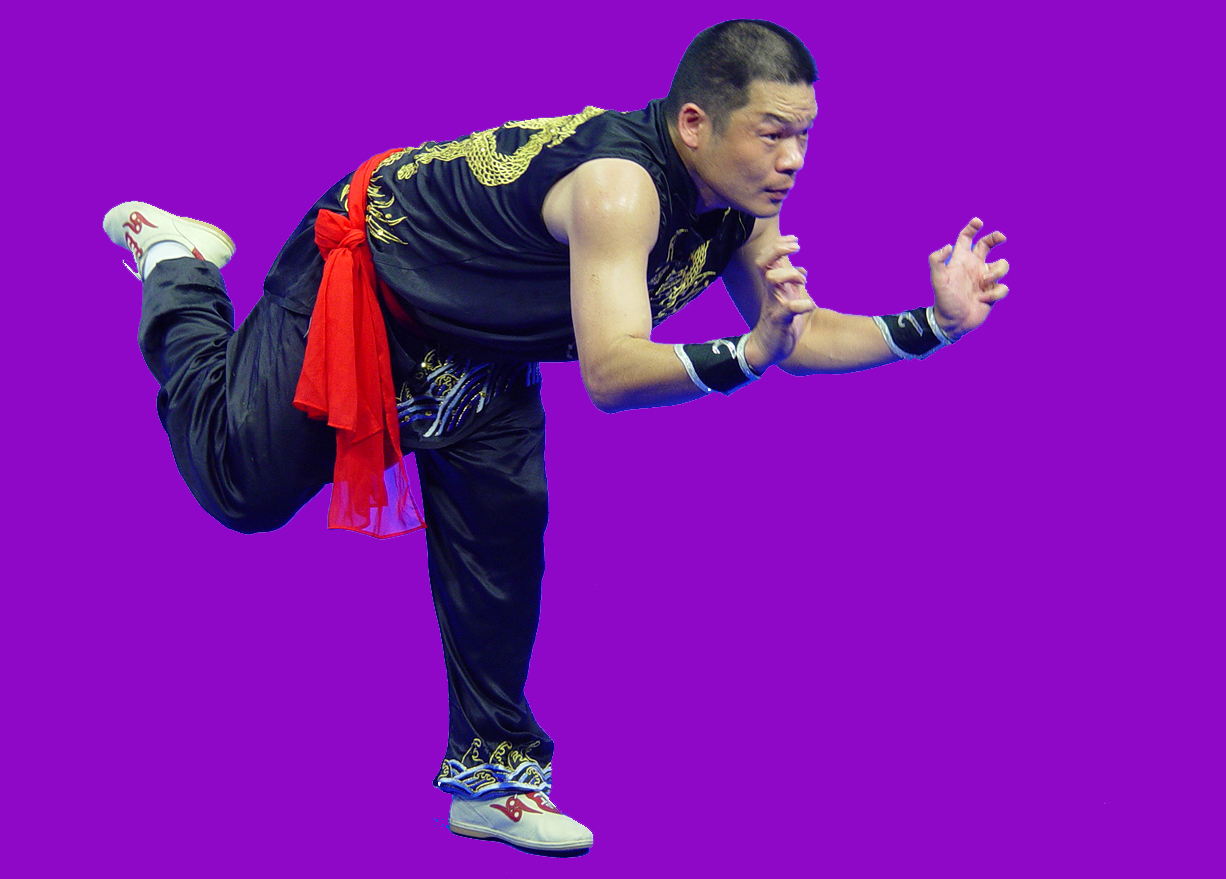
The Earth Meets the Sky: Unveiling the History and Culture of Ditang Quan (Ground Tumbling Boxing)
In the vast tapestry of Chinese martial arts, where upright stances and powerful strikes often dominate the landscape, Ditang Quan (地趟拳, Dìtǎng Quán) emerges like a force of nature – deliberately turning the world upside down. Literally meaning "Ground Tumbling Fist," this unique and visually spectacular style defies convention by centering its combat strategy and artistry on tactical falling, rolling, sweeping, and striking from the ground. Its history, woven with threads of practicality, theatricality, folk resilience, and survival instinct, paints a fascinating picture of an art born from necessity and honed through ingenuity.
Echoes from the Dust: Uncertain Origins and Folk Roots
Pinpointing Ditang Quan's exact genesis is akin to tracing the source of a river after it has branched for centuries. Unlike styles with documented founder lineages, Ditang Quan's origins lie shrouded in the practical needs of common people and the fluid exchanges of itinerant performers and fighters. Its core techniques – low stances, leg sweeps (扫腿, Sǎotuǐ), scissor takedowns (剪腿, Jiǎntuǐ), leg locks, and rapid ground recoveries – suggest profoundly pragmatic beginnings.
Combat for the Underdog: Historians widely theorize that Ditang Quan evolved as a vital tool for the disadvantaged – smaller individuals, peasants, or rebels facing larger, better-equipped opponents (often cavalry or armored soldiers). Fighting upright against mounted or heavily armored foes was often suicidal. Ditang offered an alternative: deliberately going low and targeting the most vulnerable points – ankles, knees, legs, and the base of stability. A successful sweep or scissor takedown could unhorse a rider or bring a larger adversary crashing down to a level where the Ditang practitioner held the advantage through speed, leverage, and specialized techniques.
The Traveler's Art: Its development was likely fueled by the experiences of caravan guards, itinerant laborers, and performers (including martial artists within opera troupes). Traveling exposed individuals to diverse threats and fighting methods. The need for effective self-defense on unpredictable terrain, potentially against multiple attackers, fostered techniques usable even when knocked down or needing to quickly neutralize a threat from an unexpected angle. The art's emphasis on agility, quick recovery, and using the ground itself as a weapon and shield speaks directly to these harsh realities.
Performance and Disguise: Ditang Quan's dramatic flair – its flips, rolls, and seemingly reckless falls – also found a natural home in Chinese opera and street performances. Martial arts troupes incorporated these spectacular movements to entertain crowds, often masking the lethal intent behind the acrobatics. This theatrical connection helped preserve and disseminate techniques while potentially serving as a smokescreen for training practical combat skills under restrictive regimes.
The Ming Crucible: Refinement and Codification
While likely practiced informally for much longer, Ditang Quan appears to have coalesced into a more recognizable, systematized style during the Ming Dynasty (1368–1644), a period rich with martial innovation. Several legends and historical fragments point to this era:
The "Shade-Dodging" Monk and the Woodcutter: One enduring legend tells of a Shaolin monk observing a woodcutter effortlessly defeat a group of bandits using deceptive falls, rolls, leg sweeps, and quick ground attacks. Recognizing the brilliance of this unconventional approach, the monk supposedly invited the woodcutter to Shaolin, where these techniques were integrated and refined, forming the basis of Shaolin Di Tang Quan. While the Shaolin connection is debated, this story highlights the art's perceived roots in practical, folk wisdom overcoming brute force.
Anti-Cavalry Tactics: The Ming Dynasty faced significant threats from nomadic cavalry forces in the north. Ditang Quan's focus on low-level attacks targeting legs and horses would have been a highly relevant component of militia or irregular troop training, offering a way for infantry to disrupt charging cavalry units. Techniques like the "rolling thunder" (风滚雷, Fēng gǔn léi) involved tumbling directly into a horse's legs.
Integration and Evolution: During the Ming, Ditang wasn't always a standalone system but frequently incorporated as a vital component within other Northern styles like Cha Quan, Hua Quan, or Hong Quan. Masters recognized the strategic value of having "ground skills" (地功, Dìgōng) within their repertoire. This period likely saw the formalization of core Ditang forms, training drills, and tactical principles, blending raw practicality with emerging martial theories.
The Opera Stage: A Sanctuary for Survival
The transition from Ming to Qing Dynasty (1644-1912) brought political upheaval and increased restrictions on martial arts practice, often seen as potential vectors for rebellion. During this time, Chinese Opera (particularly Beijing and Cantonese Opera) became an unexpected but crucial sanctuary for Ditang Quan.
Martial Arts Disguised as Art: Opera required highly skilled performers for "military" roles (武生, Wǔshēng) who could execute breathtaking acrobatic fight scenes. Ditang techniques – the falls, rolls, sweeps, and ground recoveries – translated perfectly to the stage, creating dynamic and visually stunning combat sequences. Troupes became repositories of martial knowledge, passing down Ditang skills under the guise of performance art.
Preservation and Stylization: While the performance of Ditang in opera became more stylized and exaggerated for dramatic effect, the core mechanics, body conditioning, and fundamental techniques were preserved rigorously. Opera training maintained the physical prowess, flexibility, and spatial awareness essential for real Ditang application. Many renowned Ditang masters of the late Qing and early Republican period emerged from opera backgrounds.
Near Extinction and Modern Resurgence: The 20th Century and Beyond
The tumultuous 20th century, marked by war, social revolution, and shifting cultural priorities, pushed Ditang Quan perilously close to extinction. Its association with "low" techniques and theatricality sometimes led to it being dismissed by proponents of more "orthodox" upright styles. The decline of traditional opera further threatened its transmission.
Mid-Century Struggle: Few masters maintained the complete, combat-oriented system outside opera troupes. Knowledge became fragmented.
Recognition and Revival: Largely thanks to the efforts of dedicated masters and growing historical interest in traditional Chinese martial arts in the latter half of the 20th century, Ditang Quan experienced a revival. Its inclusion in national martial arts competitions in China provided a platform, showcasing its unique skills and athleticism. Masters began teaching more openly, emphasizing both its historical combat context and its value as a demanding physical discipline promoting agility, coordination, courage, and unconventional problem-solving.
Cultural Significance Beyond Combat: Ditang Quan embodies profound cultural concepts. Its core strategy reflects the Daoist principle of overcoming the hard and strong through suppleness and adaptability (以柔克刚, Yǐ róu kè gāng). It teaches the power found in yielding, turning apparent vulnerability (being on the ground) into tactical advantage. The physically demanding practice cultivates immense courage – the willingness to throw oneself down intentionally requires conquering deep-seated instinct. It fosters unique spatial awareness and the ability to move fluidly in three dimensions.
Ditang Quan Today: A Legacy of Unconventional Brilliance
Today, Ditang Quan stands as a testament to Chinese martial ingenuity. While still considered a rare style compared to more prominent systems, it is experiencing growing global interest. Practitioners are drawn to its unique challenge, historical depth, practical self-defense applications (especially in scenarios involving falls or multiple attackers), and its spectacular visual appeal. Modern practitioners and historians continue to delve into its past, striving to preserve its authentic forms and combat principles.
More than just a collection of acrobatic falls, Ditang Quan is a cultural artifact born from the resilience and cleverness of the common people. It is a martial philosophy that teaches victory through adaptability, courage in descent, and finding power where others see only weakness. From the dusty battlefields and caravan routes of ancient China to the opera stages preserving its flame and the modern training halls reviving its essence, Ditang Quan remains a captivating and vital "upside-down" chapter in the epic story of Kung Fu






